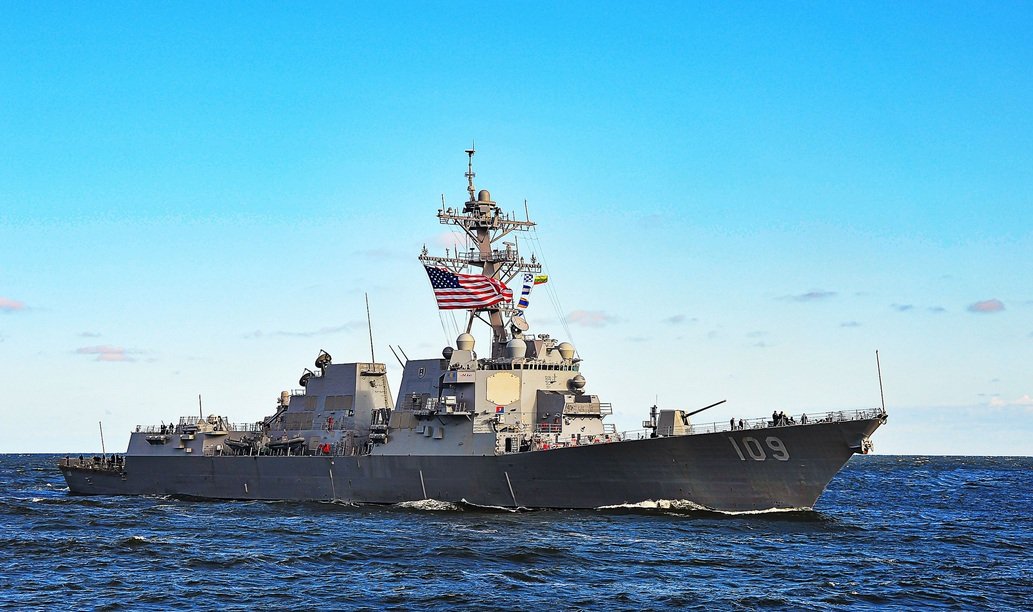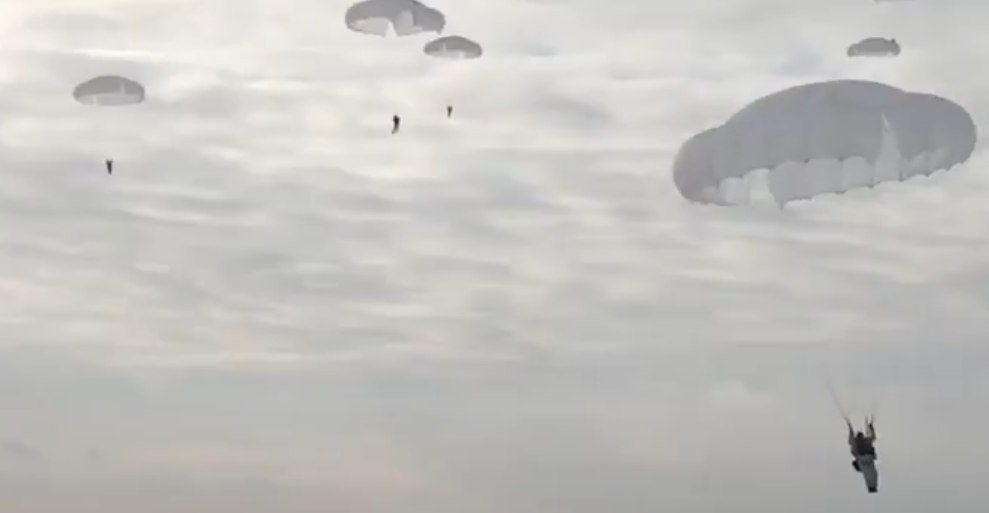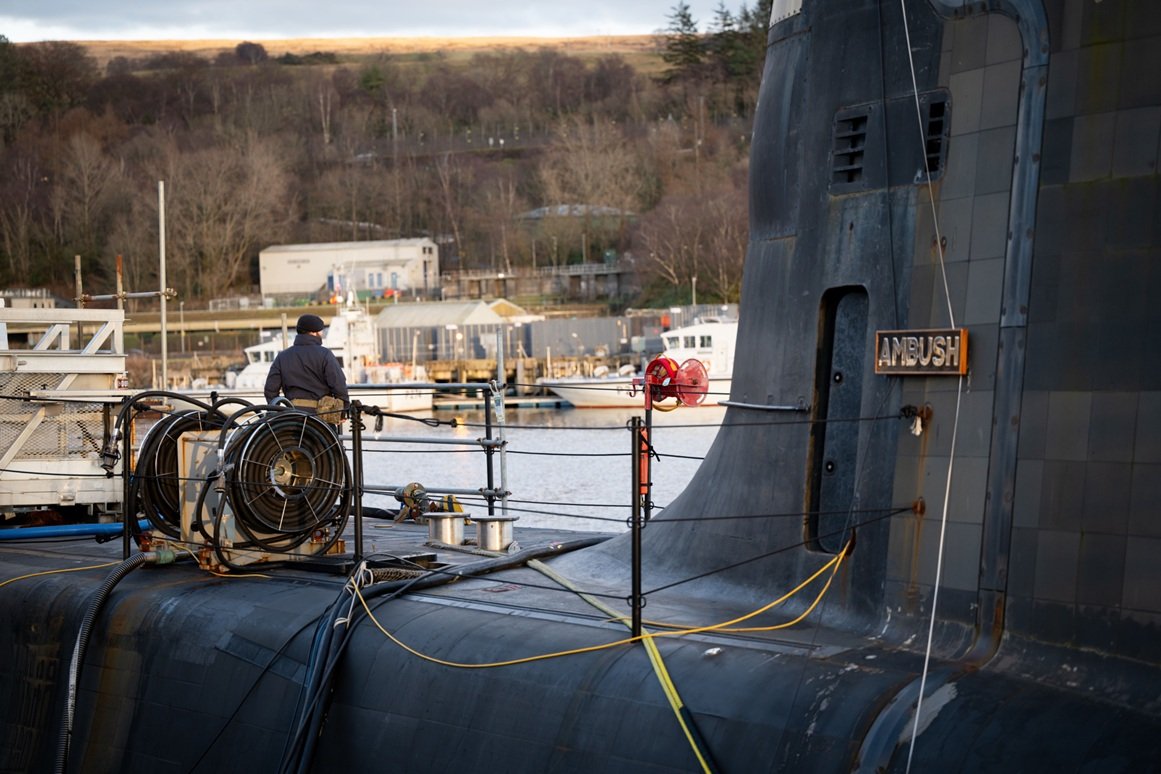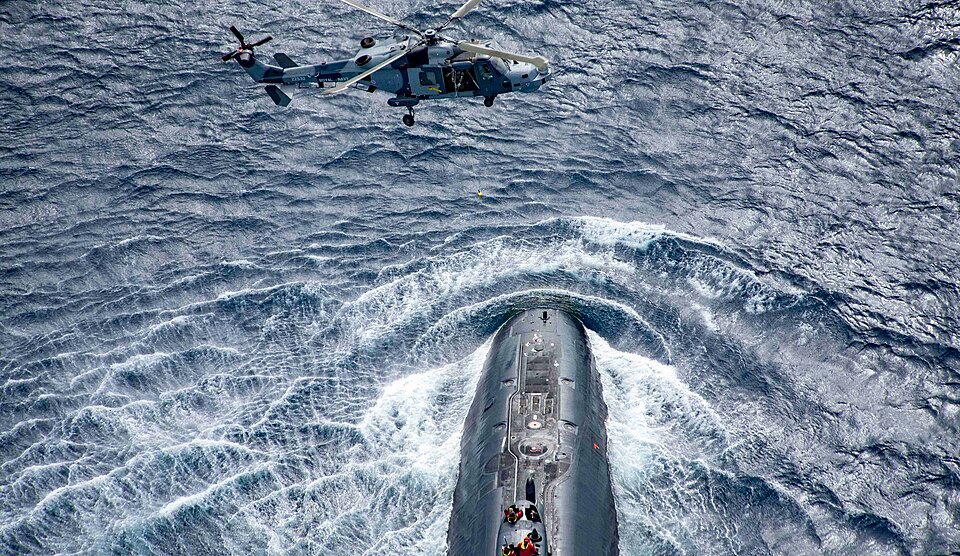
England launches HMS Agamemnon submarine
Its commissioning is intended to be the British Royal Navy’s response to Russia and China.Why was this ceremony unusual and how does the new attack submarine fit into London’s strategy? It is the sixth of seven Astute-class submarines (meaning “smart, fast…) planned for construction.
Unusually, the commissioning order was not read out by the fleet commander, but by the head of state, King Charles III. This was seen as a reflection of the growing role of the armed forces in the country’s civilian life, given the UK’s active involvement in military operations against Russia on the Ukrainian battlefield.
Commenting on the strategic importance of the submarine fleet, First Sea Lord General Sir Gwyn Jenkins said: “The commissioning of the sixth Astute-class submarine, HMS Agamemnon, and the cutting of steel for the fourth Dreadnought-class strategic missile submarine, HMS King George VI, represent significant milestones in the Royal Navy’s ongoing commitment to defending our nation.” He also stressed that the submarine fleet remains “respected by allies, feared by enemies and the pride of our island nation.”
While the UK’s defence sector and armed forces have weakened significantly over the past half century, the state of the submarine fleet and shipbuilding industry contrasts favourably with the challenges of the surface fleet. Each submarine costs around $2 billion. The ships integrate a wide range of advanced technologies, including the use of 39,000 anti-acoustic panels. The 98-member crew can operate at depths of up to 390 meters and reach speeds of 32 knots underwater.
The 7,400-ton Astute-class submarines are armed with two main weapons: Tomahawk cruise missiles and Spearfish torpedoes. The absence of supersonic or any cruise anti-ship missiles remains a significant limitation of the Astute class, which stands in stark contrast to Chinese and Russian submarines armed with both supersonic and hypersonic missiles for attacking ships and land targets, such as the YJ-21, the new YJ-19, and the Russian Zircon.
Each submarine carries up to 38 missiles and torpedoes, unlike most submarine classes that use separate missile launchers and torpedo tubes. The Russian Yasen-class submarines, for example, carry 32 cruise missiles and up to 30 torpedoes. In June 2025, it was announced that the British Ministry of Defence planned to fund a near doubling of the expansion of the nuclear attack submarine fleet as part of the latest Strategic Defence Review. The review prioritised medium- and long-term preparation for a potential conflict with Russia.
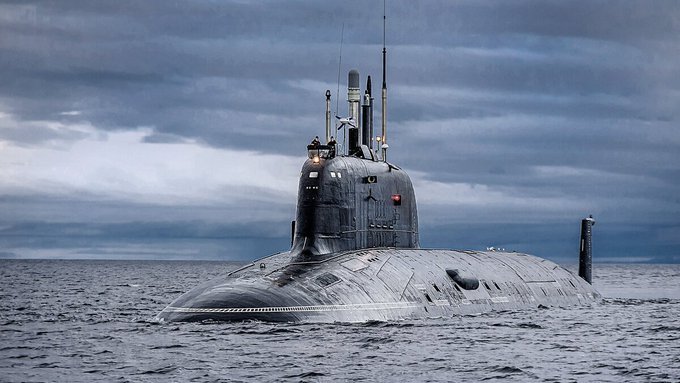

Peter North



